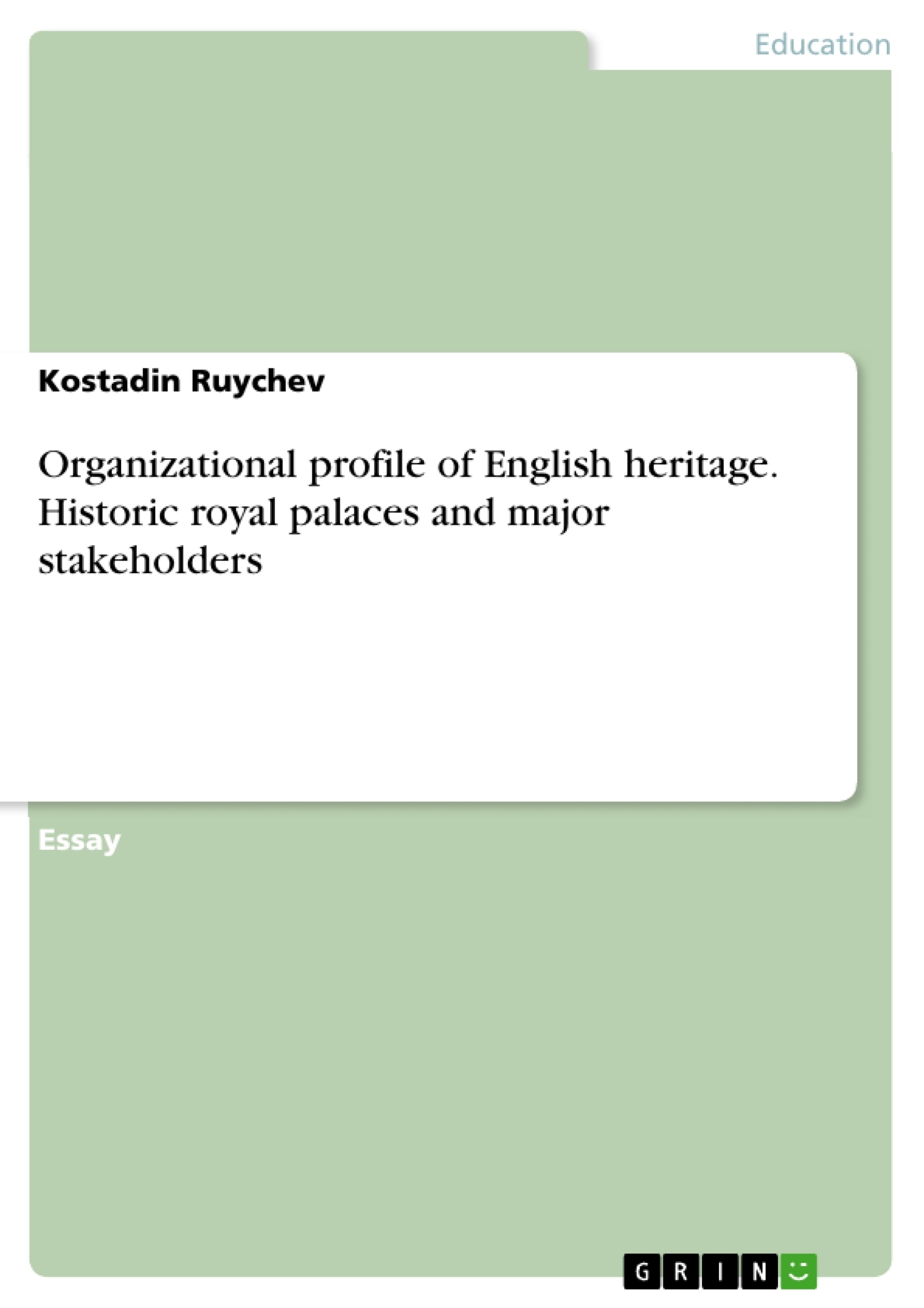The history of English heritage starts from distant 1882 when the collection of remarkable buildings and monuments began. Being a responsibility of the Office of Works at that stage, the Act of Parliament in 1913 transformed it into an impressive collection of 273 sites. Also, all these places including Stonehenge, Carisbrook Castle, and Richborough Roman fort, were open to the public. In the period after the Second World War due to financial grounds, the National Trust took responsibility of the county houses, owned by English Heritage and the Ministry of Works restricted its activities to the older monuments.
It was remarkable that by 1970 the English part of the collection accounted for 300 sites, visited by 5.5 million people. In 1983, under the rule of Margaret Thatcher’s government and its first chairman Lord Montagu of Beaulieu, it received the name English Heritage. Furthermore, the organization performed two important tasks during his rule; first, it initiated the national system of protection of the heritage and second took care of the National Heritage Collections. Several innovations such as the introduction of a membership scheme and the collection of buildings such as country houses took place in the period from 1986 to mid-2000s. Three years ago in 2015, the national heritage collection was shifted to a charitable trust.
Inhaltsverzeichnis (Table of Contents)
- HISTORY
- SUSTAINABILITY
- MISSION AND OBJECTIVES
- Inspiration
- Conservation
- Involvement
- Financial sustainability
- CHARITY
- CORPORATE GOVERNANCE
- HISTORIC ENGLAND GOVERNANCE STRUCTURE
Zielsetzung und Themenschwerpunkte (Objectives and Key Themes)
English Heritage aims to familiarize people with the unforgettable, inspiring, and stimulating experiences of English history. This goal is achieved through various re-presentation schemes, innovative marketing, and strategic investments. The organization strives to be financially sustainable by 2022/2023, ensuring the protection and accessibility of historical sites for future generations.
- Preservation and conservation of English heritage sites
- Financial sustainability and resource management
- Public engagement and accessibility to historical experiences
- Modernization and innovative approaches to heritage management
- Corporate governance and stakeholder relations
Zusammenfassung der Kapitel (Chapter Summaries)
- HISTORY: This chapter provides a historical overview of English Heritage, tracing its origins from 1882 to its current status as a charitable trust. It outlines key milestones, including the organization's initial establishment, its transition to a national heritage body, and its evolution as a leading force in the preservation and promotion of English history.
- SUSTAINABILITY: This section focuses on English Heritage's commitment to financial sustainability. It details various strategies employed to secure future funding, such as expanding membership, forging partnerships with major UK companies, and creating innovative initiatives to attract visitors. Additionally, the chapter explores the organization's efforts to minimize its carbon footprint and achieve financial savings.
- MISSION AND OBJECTIVES: This chapter delves into English Heritage's mission and objectives. It emphasizes the organization's dedication to inspiring visitors, providing expert care for historical sites, and fostering public involvement in heritage preservation. The chapter also discusses the organization's commitment to financial sustainability through monitoring financial guidelines, achieving trading goals, and maximizing membership and fundraising efforts.
- CHARITY: This chapter explores English Heritage's approach to operating as a charity. It describes initiatives aimed at enhancing visitor experiences, such as introducing new cafes, shops, and facilities at various sites. The chapter also highlights the organization's efforts to reach a wider audience through innovative channels, including the development of a blue plaques mobile app and the utilization of social media platforms.
- CORPORATE GOVERNANCE: This section delves into English Heritage's governance structure. It illustrates the organizational hierarchy, outlining the roles of key committees, the Board of Trustees, and the Advisory Committees. The chapter examines the organization's adherence to good corporate governance standards, emphasizing its commitment to transparency, information disclosure, and timely audit.
Schlüsselwörter (Keywords)
English Heritage, historic preservation, financial sustainability, public engagement, corporate governance, heritage management, historic sites, museum, charity, stakeholder relations, blue plaques, digital initiatives, governance structure.
- Citation du texte
- Kostadin Ruychev (Auteur), 2018, Organizational profile of English heritage. Historic royal palaces and major stakeholders, Munich, GRIN Verlag, https://www.grin.com/document/459723



